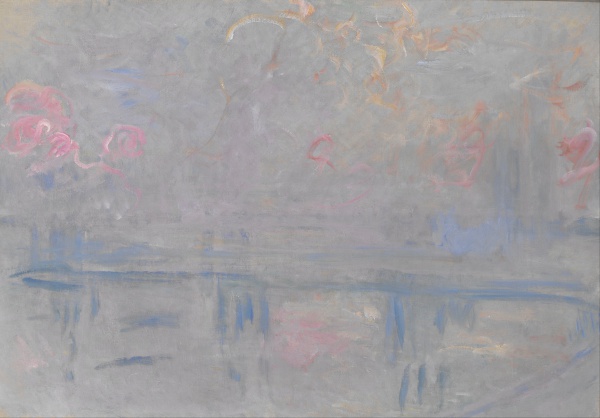Facts About Charing Cross Bridge
Claude Monet’s "Charing Cross Bridge" series, created between 1899 and 1904, offers a stunning, misty depiction of the iconic London bridge. These oil paintings showcase Monet's fascination with the atmospheric effects of London fog, which were significantly influenced by pollution from the Industrial Revolution. During his stays in London, Monet often painted from the balcony of the Savoy Hotel, capturing not only Charing Cross Bridge but also other landmarks such as the Houses of Parliament and Waterloo Bridge.
Monet was remarkably prolific during his London visits, beginning nearly 100 paintings. Of these, 37 focused on Charing Cross Bridge. While he completed only twelve of these paintings in London, the remainder were finished in his studio in Giverny.
Today, the "Charing Cross Bridge" paintings are dispersed across the globe. They can be found in prestigious collections such as the Indianapolis Museum of Art, the Art Institute of Chicago, the Baltimore Museum of Art, the Museum of Fine Arts in Boston, the Harvard Art Museums, the Art Gallery of Ontario, and the Thyssen-Bornemisza Museum in Madrid. Unfortunately, one painting was stolen from the Kunsthal Museum in Rotterdam in 2012 and is believed to have been destroyed.
In 2018, the National Gallery in London hosted a special exhibition titled "Monet & Architecture" during which two paintings from the series were displayed. This was a unique opportunity, as it is uncommon for more than one painting from the series to be exhibited together. The pieces were on loan from the Museum of Fine Arts in Lyon and the Baltimore Museum of Art, offering a rare glimpse into Monet’s architectural artistry.

 Mexico
Mexico